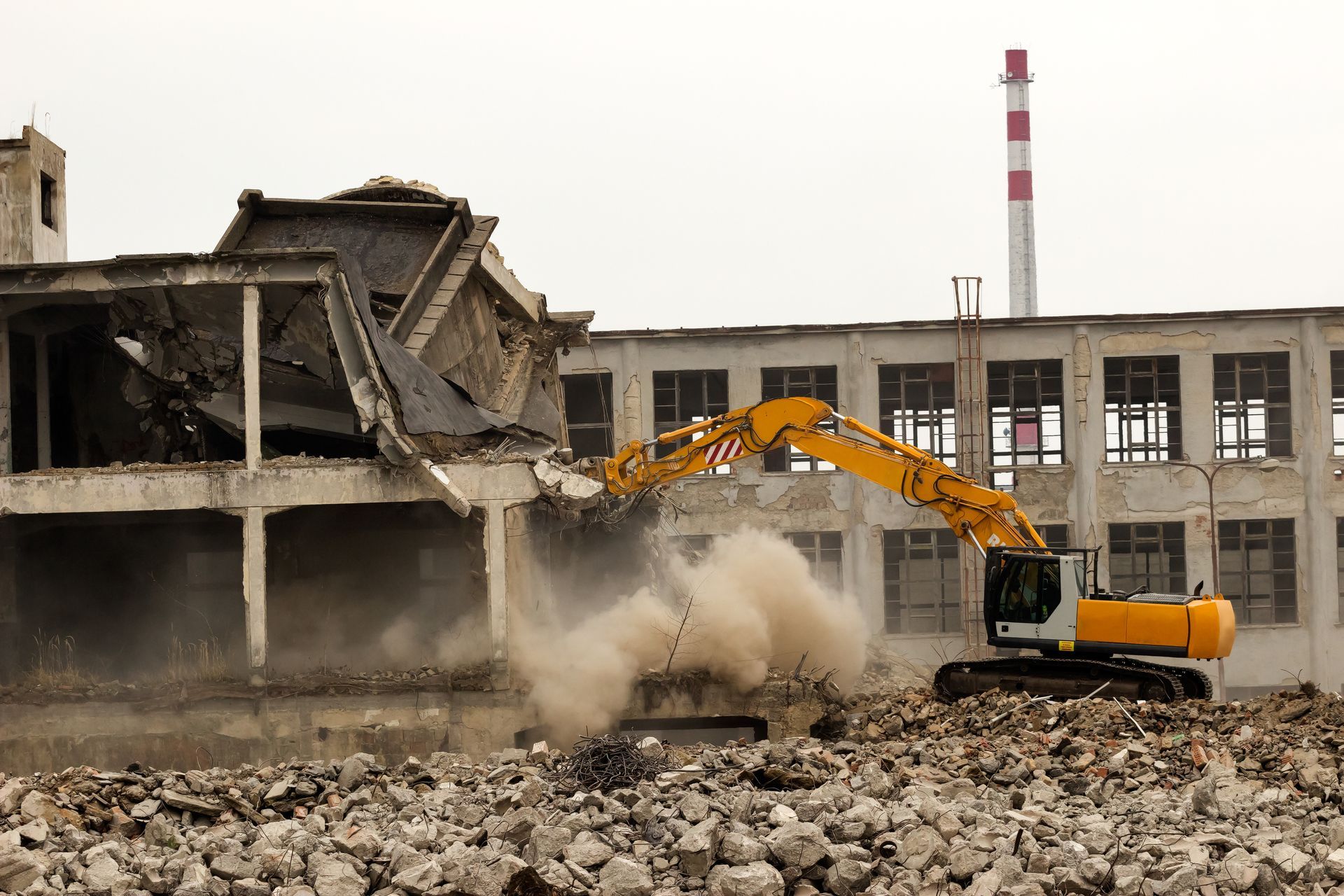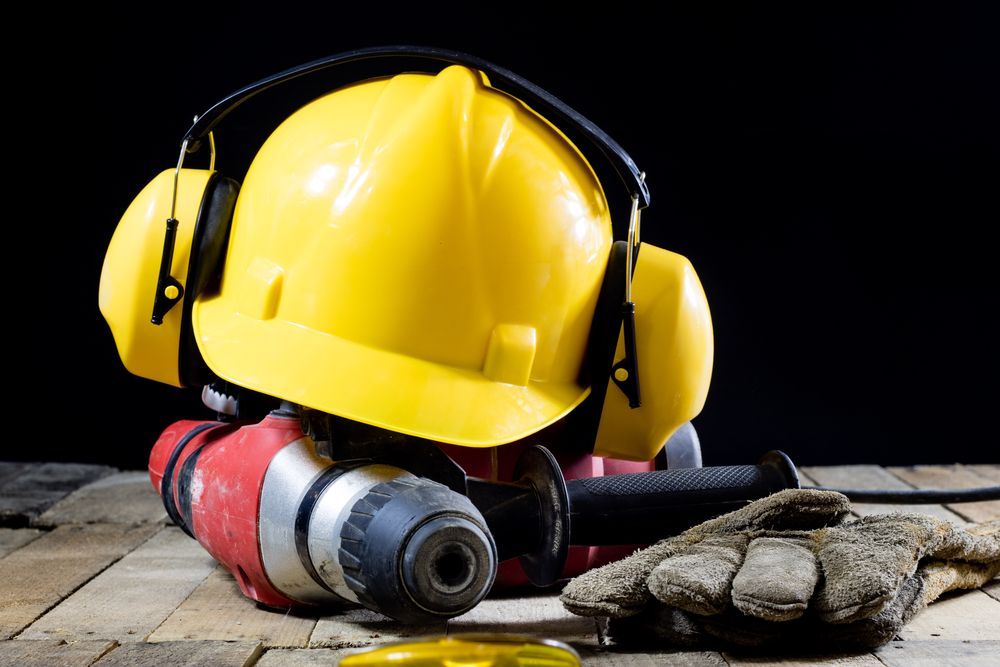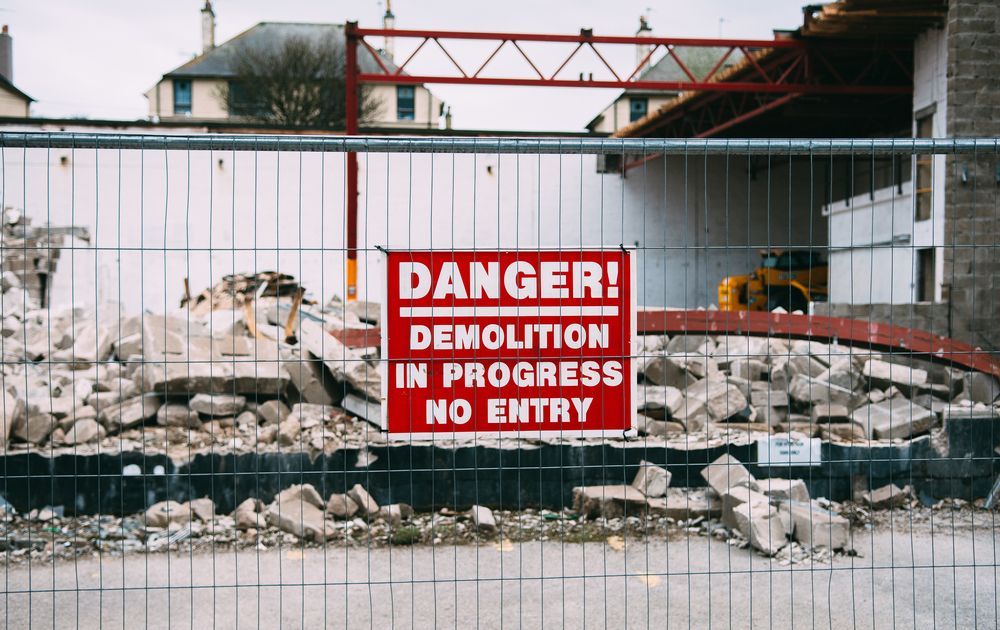Types of Structural Demolition
Share this article:
What Is Structural Demolition?
Structural demolition refers to the process of removing the primary load-bearing components of a building, such as columns, beams, walls, and foundations. This type of demolition goes beyond cosmetic or interior removal, focusing on the core elements that support and shape a structure.
It is typically required when a building is structurally unsound, no longer meets current standards, or needs to be removed to make way for new construction. Structural demolition is a highly technical process that involves detailed planning, specialized equipment, and strict adherence to safety and environmental protocols.

Top Methods of Structural Demolition Used Today
There are several proven methods used to carry out structural demolition, each tailored to the size, materials, location, and purpose of the structure being removed. These techniques vary in approach and equipment but all aim to bring down buildings safely, efficiently, and with minimal disruption.
Below are the most common types of structural demolition used by professional contractors today.
Mechanical Demolition
Mechanical demolition is one of the most widely used methods for taking down large structures. It involves the use of heavy machinery such as excavators, hydraulic breakers, shears, and high-reach arms to break apart concrete, steel, and other structural materials.
This method is ideal for commercial and industrial buildings, as it allows for a fast, controlled takedown. It also enables the contractor to sort and separate materials for recycling or disposal during the process. Mechanical demolition is efficient, but it requires careful planning to ensure safety, especially when working near occupied areas or other structures.
Selective Demolition
Selective demolition focuses on removing specific components of a structure while leaving the rest intact. It is commonly used in renovations or partial upgrades, where only certain sections need to be dismantled without affecting the overall stability or design of the building.
This method requires a deep understanding of the structure’s layout and support systems. Contractors must work with precision to avoid damaging areas that are meant to remain, especially when utilities and infrastructure are still in use.
Selective demolition is often used in active facilities such as hospitals, schools, and historic buildings where maintaining structural integrity is critical.
Implosion Demolition
Implosion demolition uses carefully placed explosives to bring down a structure in a controlled collapse. This method is typically reserved for large buildings in dense urban areas where space is limited and other methods are not practical.
Planning an implosion involves detailed engineering analysis to determine where charges should be placed to cause the structure to fall inward on itself. Timing is critical, and the work is coordinated to minimize vibrations, dust, and impact on surrounding areas.
While implosion is dramatic, it’s also highly technical and used only when appropriate based on the structure’s size, condition, and location.
Manual Demolition
Manual demolition is the process of dismantling a structure using handheld tools such as hammers, saws, and jackhammers. It is typically used for smaller projects or in areas where access for heavy machinery is limited.
This method allows for high precision, making it suitable for interior structural work or selective removal in sensitive environments. It also reduces noise, dust, and vibration, which can be important in occupied or closely spaced buildings.
Although slower than mechanical options, manual demolition offers greater control and is often the preferred choice when working in tight or delicate spaces.
Total Demolition
Total demolition involves the complete removal of a structure, including all load-bearing elements, foundations, and non-structural components. This method is typically chosen when a building has reached the end of its usable life, poses safety concerns, or needs to be cleared entirely for new development.
Depending on the project size and site conditions, total demolition may be carried out using mechanical equipment, explosives, or a combination of methods. It requires thorough planning, including site evaluation, utility disconnection, and material disposal strategies.
This approach clears the way for new construction and is a common first step in major redevelopment projects.
Dismantling/Deconstruction
Dismantling, also known as deconstruction, involves taking apart a structure piece by piece in order to salvage materials for reuse or recycling. Unlike traditional demolition, the goal here is not speed but conservation and sustainability.
This method requires a strategic approach, starting from non-structural components and progressing through structural elements in reverse order of construction. It is labor-intensive and time-consuming but ideal for projects aiming to minimize waste or recover valuable materials such as wood, brick, or steel.
Dismantling is often used in projects with environmental goals or where local regulations encourage material recovery over disposal.
Choosing the Right Demolition Method for Your Project

Selecting the most appropriate demolition method depends on several key factors, including the size and type of structure, its location, the surrounding environment, and the end goal of the project. For instance, high-rise buildings in crowded urban areas may require implosion, while a warehouse on an open site might be better suited for mechanical demolition.
Budget,
timeline, environmental impact, and material recovery goals also play a role in the decision. An experienced demolition contractor will evaluate all of these aspects during the planning phase and recommend the safest, most cost-effective solution.
Understanding the different types of structural demolition helps project owners and city officials make informed decisions that align with both project objectives and regulatory requirements.
Permits and Safety Considerations
Before any structural demolition begins, proper permits must be secured from local authorities. These permits vary by municipality but typically require detailed plans outlining the scope of work, safety procedures, environmental controls, and disposal methods.
Safety is a top priority on every demolition site. Contractors must develop site-specific safety plans that address potential hazards such as falling debris, structural instability, dust control, and proximity to occupied buildings. Protective equipment, fencing, signage, and proper training are essential parts of a safe operation.
Compliance with OSHA regulations and local building codes is not optional; it is fundamental to responsible demolition work. Thorough preparation not only protects workers and the public but also keeps the project moving forward without costly delays.
Partnering With a Trusted Structural Demolition Contractor
Structural demolition demands expertise, planning, and a sharp focus on safety. A qualified contractor will assess your site, recommend the most effective method, and manage the entire process from permits to cleanup.
Choosing the right partner means fewer delays, smoother execution, and better outcomes. With decades of experience across the Chicagoland area, Alpine Demolition delivers safe, efficient demolition solutions for city agencies, business owners, and general contractors.
Ready to get started? Contact Alpine Demolition today to discuss your project or request a bid.



